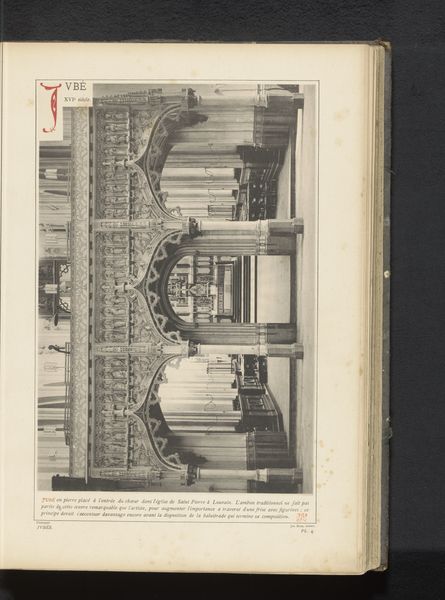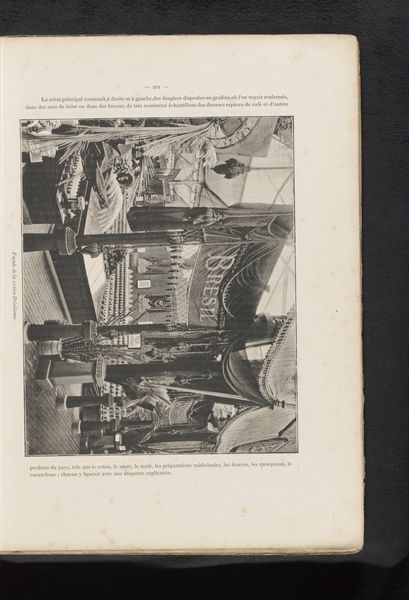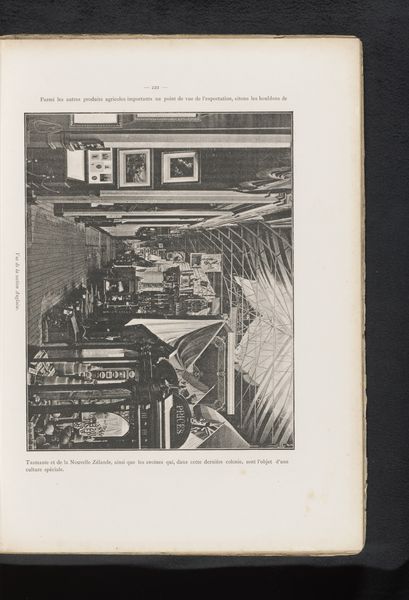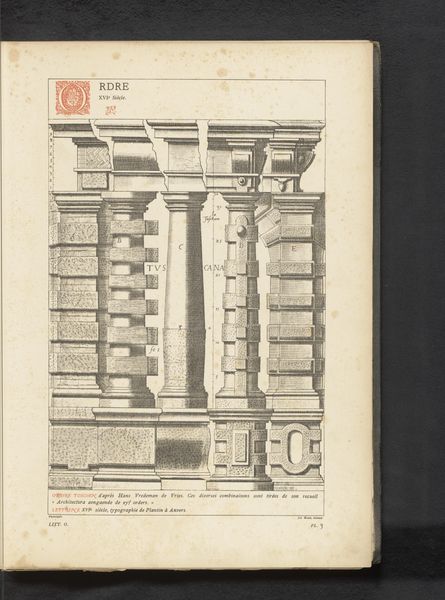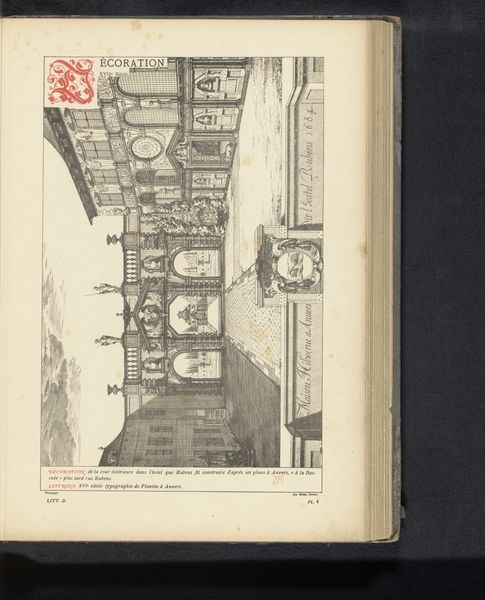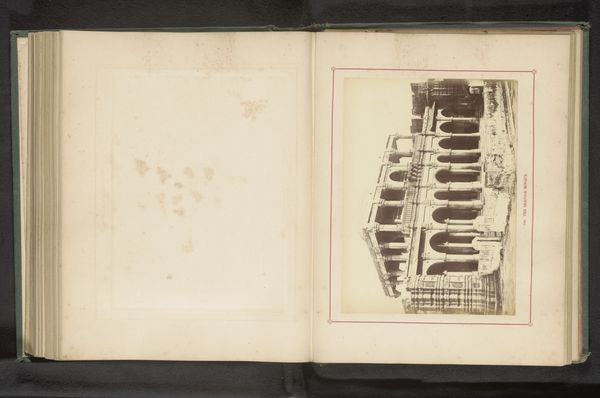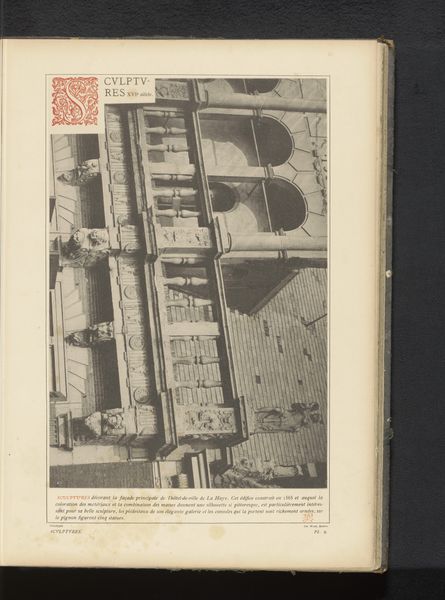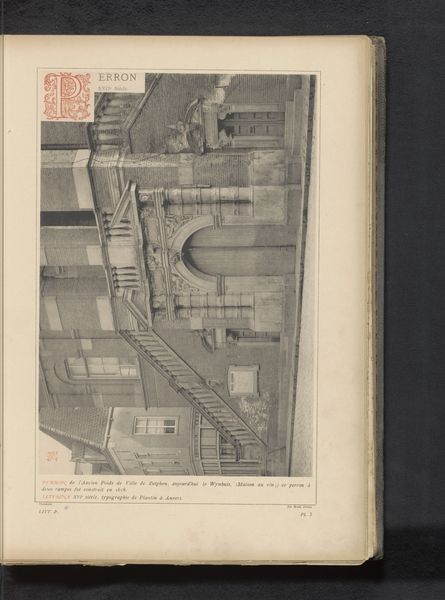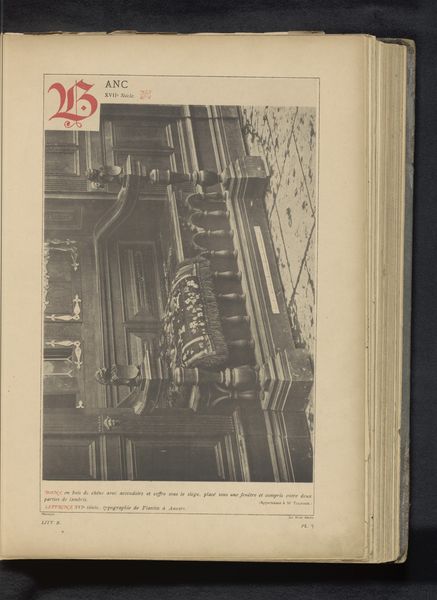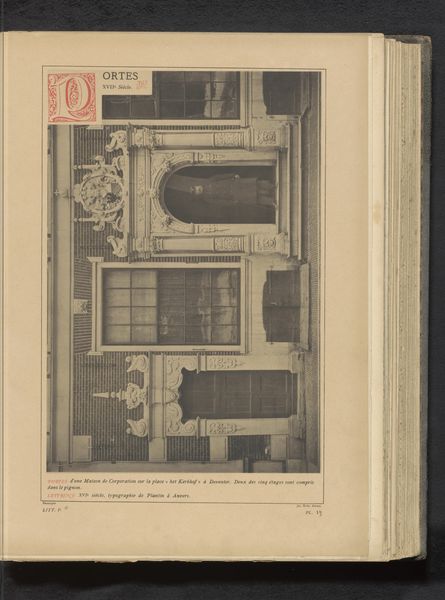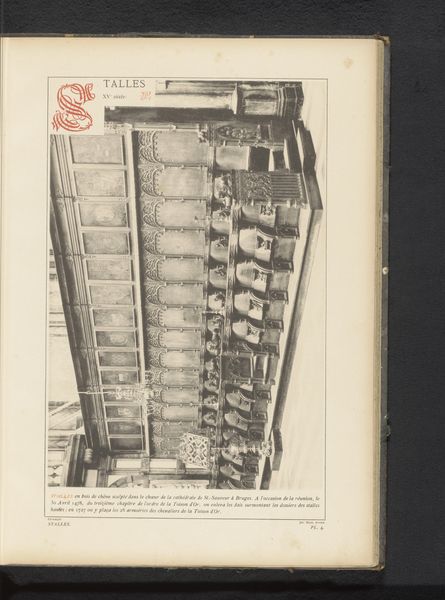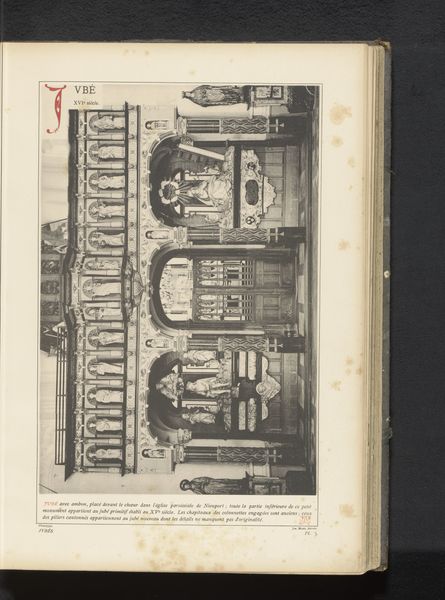
print, photography, architecture
#
medieval
# print
#
photography
#
architecture
#
monochrome
Dimensions: height 342 mm, width 234 mm
Copyright: Rijks Museum: Open Domain
Here is an image of the rood screen in the Onze-Lieve-Vrouwekathedraal in Doornik, made by an anonymous artist from an unknown date. This elaborate architectural feature, separating the nave from the chancel, is constructed from carved stone, likely limestone or marble. Consider the social context of its making, rood screens were not simply decorative, they were pivotal in mediating the sacred space of the church. The screen divides the congregation from the clergy, reinforcing the hierarchical structure of the church and broader society. Think about the labor involved in the production of this screen: quarrying the stone, transporting it to the cathedral, and then the skilled craftsmanship required to carve the stone into the intricate architectural details. All of this required a team of artisans, working under the direction of a master builder. This rood screen is not just a work of art; it is a testament to the skill, labor, and social values of the time. It reminds us that even the most decorative objects are deeply embedded in the social and economic realities of their creation.
Comments
No comments
Be the first to comment and join the conversation on the ultimate creative platform.
